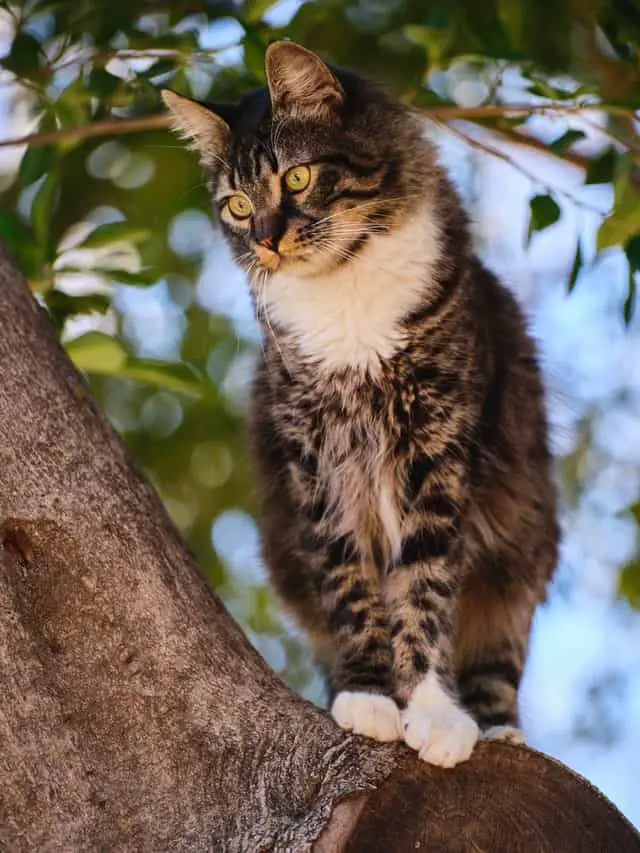
The cat is not actually a domestic animal but is born from the domestication of the wild cat. Let’s see the difference between domestic cat and wild cat.
When we talk about the cat, we describe it as a “pet”. Still, cat domestication isn’t that obvious. Domestication occurs by isolating a group of animals within a species and controlling their movement and reproduction. This is how a wild cat becomes a domestic cat, thus becomes the property of humans and depends on them for their survival.
In fact, there are several categories of cats:
- The stray cat lives in the wild and forage for food, hunting themselves, ensuring their survival, but sometimes they take advantage of the shelter and cat food provided by humans. It bears the presence of man but it is difficult to approach or caress. The stray cat normally takes advantage of the generosity of associations or volunteers who visit cities to distribute food to them.
- The feral cat is a cat that lives in the wild without any contact with humans. It does not dare to approach, and it is difficult for it to be easily observed. It lives mainly at night, which is a favorable time for hunting.
- The domestic cat is the only cat that truly lives in close coexistence with the man who protects, feeds and hugs him. It becomes so dependent on man. But it can also partially guarantee its survival by hunting if it is let loose. In this category, we find all purebred cats whose reproduction has been controlled, as well as cats that have been adopted, raised by humans from birth or before their third month.
Difference between wild cat and domestic cat

The most obvious difference is undoubtedly the size, wild cats are considerably larger and stronger than domestic cats: the domestic cat rarely exceeds 80 cm in length (including tail), while the wild cat can reach 120 cm.
Notably, the wildcat’s tail is significantly longer and thicker. Another factor is the coat: the wild cat has a typical gray-brown coat, thicker with a striped pattern. The substantial physical differences are:
The wild cat:
- a more massive and thicker appearance ;
- the muzzle clearly delimited from the forehead;
- a single black stripe on the back;
- a bushy cat tail with 3-5 black rings and a black sleeve at the end;
The domestic cat:
- a slimmer appearance;
- the delimited muzzle of the forehead;
- several discontinuous black stripes on the back;
- a bushy tail with several more or less wide black rings.
The behavioral differences between wild cat and domestic cat have been studied by experts and established on the basis of the mutation of genes, especially those concerning aggression.
The domestic cat has acquired habits and eradicated behaviors that have been passed on to other generations. A wild cat will never let itself be cuddled on your legs, but will attack you at the earliest opportunity, while a domestic cat will be happy to do so but on the contrary it will be the one to approach you.
However, it must be pointed out that these are animals of the same genus, that the domestic cat that we have in our homes, in any case descends from the wild cat. And precisely for this reason something in common inevitably exists. As for example: the hunting instinct, even if it is a simple toy or a fly, we can see how our cat is placed in a grip position, ready to chase it.






